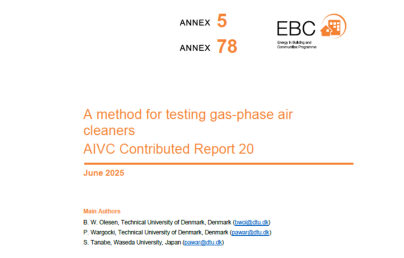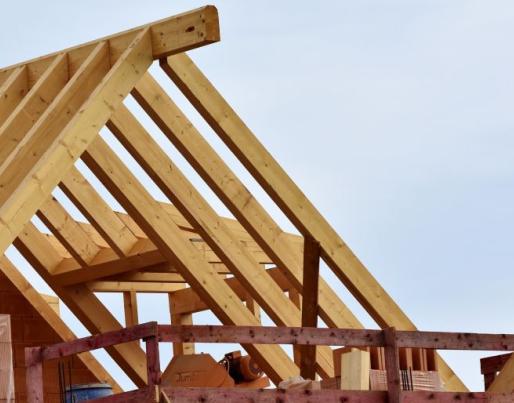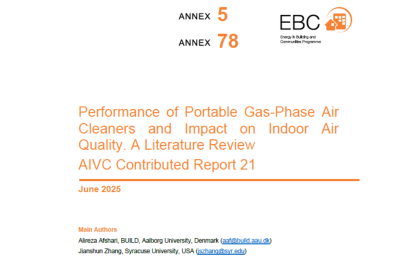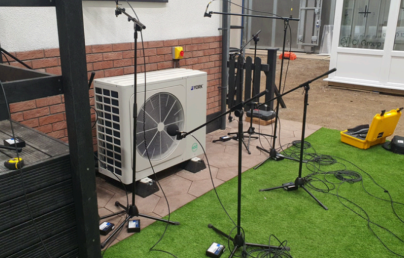
Technical guidance for thermal bypass risks

Technical guidance for thermal bypass risks
This guide contains peer-reviewed papers to make the proper reference which represents the base for the practical implications for policymakers, certifiers, designers and constructors. The guide discusses the importance of the reliability of performance gaps from the design phase to the final building.
Policy-makers, developers, designers and constructors need to be confident the buildings they are responsible for will perform as predicted. The evidence base considered in this paper clearly demonstrates that failures in design and construction do not have to be the norm and that they can, with the right knowledge, intent and skill, be addressed in practice and on the building site. As has been demonstrated in the literature, Passivhaus buildings clearly demonstrate how performance gaps can be closed reliably (Johnston et al., 2020).
This literature review, and the supplementary analysis undertaken to create a contextualised understanding of thermal bypass, supports the construction of contemporary high performance, low energy and Passivhaus buildings and clearly demonstrates that, if thermal performance gaps are to remain within an acceptable tolerance, then continuous insulation should be encapsulated on all sides by uninterrupted, unbroken air and wind barriers. Only once this is achieved will buildings deliver the energy savings, carbon emissions, comfort, health and well-being that owners, investors, occupants and future generations rightly expect.
This technical guide has a number of uses:
- It avoids duplication and fragmentation of thermal bypass related considerations that may otherwise arise when developing other technical documents.
- It provides a single point of reference for technical working groups and therefore allows supplementary guidance to be developed which conforms to the performance criteria identified in this document.
- It provides a sound evidence base and a common point of reference for designers and certifiers alike, thereby allowing building design and certification to be implemented in a fair and consistent manner. To fulfil these uses this guide makes extensive reference to peer-reviewed papers and then, at the end of each section, identifies the practical implications and consequences which arise. It is the practical implications which are most useful for busy practitioners - look out for the outlined boxes throughout.
thermal_bypass_risks_v1.0_222909.pdf
English (5.49 MB - PDF)
